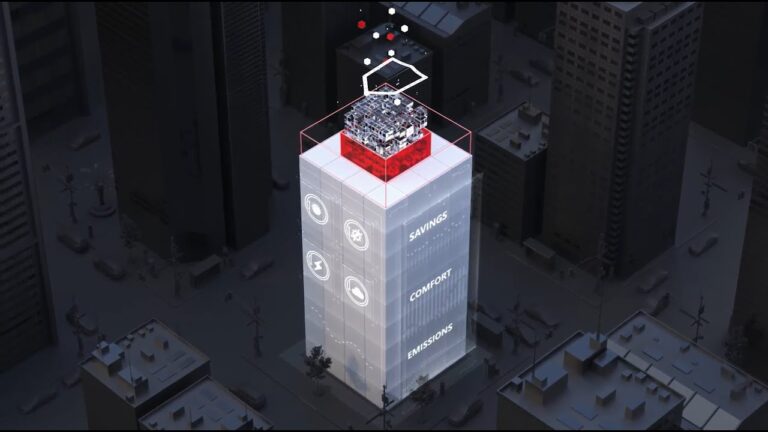Sustainable pre-insulated air duct

Problem Addressed
The built environment relies on high energy consumption and products with high embodied CO2 emissions. It is an industry in which rigorous new standards and higher consumer demands are rapidly emerging, with very few innovative, compliant and cost-effective solutions.
In the HVAC (Heating, Ventilation and Air Conditioning) sector most ductwork is metal – galvanised sheet steel – that has a very high embodied energy content, and this, together with the insulation and the metal hanging systems, adds significantly to the carbon footprint of any property.
Furthermore, rectangular metal ductwork is also very airflow inefficient, leaks badly and generally has sub-optimal performance. As a result, the energy consumption of any HVAC system with metal ductwork is very high, and this can account for a significant part of the energy used in any building.
These metal ductworks have poor performance, high energy use requirements and high carbon footprints – hence the need for an innovative non-metallic pre-insulated ductwork system with technology that disrupts the traditional market.
Case Study
In a recent installation in a retail outlet in Bromley of arguably the biggest global sportswear company, Nike, the saving was just less than 10%, with additional benefits from a contribution to an improved LEED rating.
As a result of this success, the products are being rolled out across Nike’s stores, including in the UK and the EU.
Facts and Figures
This page presents data, evidence, and solutions that are provided by our partners and members and should therefore not be attributed to UKGBC. While we showcase these solutions for inspiration, to build consensus, and create momentum for climate action, UKGBC does not offer commercial endorsement of individual solutions. If you would like to quote something from this page, or more information, please contact our Communications team at media@ukgbc.org.
Related
Autonomous AI HVAC optimisation

Ventilation management system

AI-empowered autonomous HVAC control

Cloud-based automated HVAC adjustments

